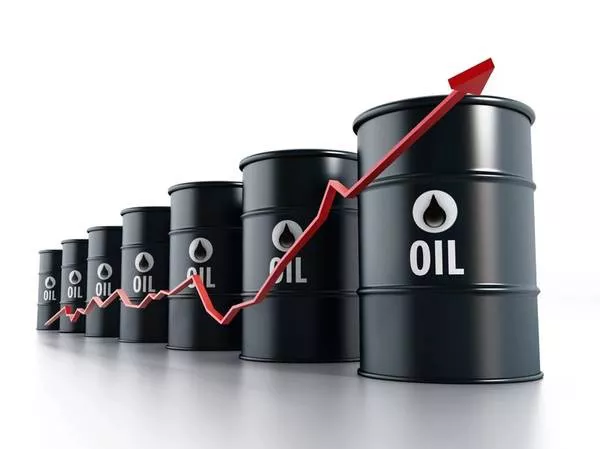The oil futures market is a complex and dynamic financial market that serves as a vital platform for participants to trade and manage price risks associated with the oil industry. Whether you are an investor, trader, or simply interested in gaining insights into the oil sector, understanding the nuances of the oil futures market is crucial. This comprehensive guide aims to provide you with a thorough understanding of the oil futures market, covering its basics, market participants, factors influencing prices, and trading strategies.
The Basics of the Oil Futures Market
The oil futures market is a marketplace where standardized contracts for the future delivery of oil are bought and sold. Understanding the fundamentals of this market is essential to grasp its mechanics and dynamics.
Definition and Purpose:
Oil futures contracts are financial instruments that allow market participants to buy or sell a specified quantity of oil at a predetermined price and date in the future. These contracts serve as a means of managing price risk for producers, consumers, and speculators in the oil industry.
Contract Specifications:
Oil futures contracts have specific features and specifications that govern their trading. These include contract size, delivery months, quality specifications, and trading hours. Understanding these specifications is crucial for trading oil futures effectively.
Market Participants:
The oil futures market attracts various participants who have different motivations and roles within the market. These participants include producers, consumers, hedgers, and speculators. Each group plays a distinct role in shaping market dynamics and liquidity.
Factors Influencing Oil Futures Prices
The prices of oil futures contracts are influenced by a wide range of factors, including supply and demand dynamics, geopolitical events, economic indicators, and market sentiment. Understanding these factors is vital for making informed trading decisions.
Supply and Demand Fundamentals:
The balance between global oil supply and demand is a key driver of oil prices. Factors such as production levels, geopolitical tensions, technological advancements, and changes in consumer behavior impact the supply-demand dynamics and, consequently, oil prices.
Geopolitical Events and News:
Geopolitical events, such as conflicts, sanctions, and political instability, have a significant impact on oil prices. Additionally, news releases and announcements from major oil-producing countries and organizations can influence market sentiment and prices.
Economic Indicators and Market Sentiment:
Economic indicators, including GDP growth, inflation rates, interest rates, and currency fluctuations, play a crucial role in oil price movements. Moreover, market sentiment, investor behavior, and speculator activities contribute to short-term price volatility.
Trading Strategies in the Oil Futures Market
Successful trading in the oil futures market requires the implementation of effective strategies tailored to market conditions and individual risk appetite. Here are some commonly used trading strategies:
Technical Analysis:
Technical analysis involves analyzing historical price data and market patterns to predict future price movements. Traders use various tools and indicators, such as trendlines, moving averages, and oscillators, to identify potential entry and exit points.
Fundamental Analysis:
Fundamental analysis focuses on evaluating the underlying factors that impact the long-term value of oil. This includes analyzing supply and demand fundamentals, inventory levels, geopolitical developments, and industry reports to make informed trading decisions.
Spread Trading:
Spread trading involves taking advantage of price differentials between related oil futures contracts. This strategy includes calendar spreads, where traders take positions in contracts with different delivery months, and inter-commodity spreads, which involve trading related commodities to profit from price relationships.
Risk Management in the Oil Futures Market
Effectively managing risks is crucial for long-term success in the oil futures market. Implementing risk management techniques can help protect capital and limit potential losses.
Setting Risk Parameters:
Traders should determine their risk tolerance and establish risk management rules. This includes setting stop-loss orders, position sizing, and risk-reward ratios to protect against adverse price movements.
Hedging Strategies:
Hedging is a risk management technique used by producers and consumers to mitigate price risk. It involves taking offsetting positions in the futures market to protect against unfavorable price movements in the physical market.
Market Monitoring and Evaluation:
Continuously monitoring market data, news releases, and economic indicators is essential for staying informed about market developments. Regularly evaluating trading performance and making necessary adjustments to strategies can lead to improved outcomes.
Conclusion
The oil futures market provides a platform for participants to manage price risks and speculate on the future direction of oil prices. Understanding the basics of the market, the factors that influence prices, and implementing effective trading and risk management strategies are key to navigating this complex market. However, it is important to note that trading in oil futures carries inherent risks, and continuous education, practice, and evaluation are essential for success.


